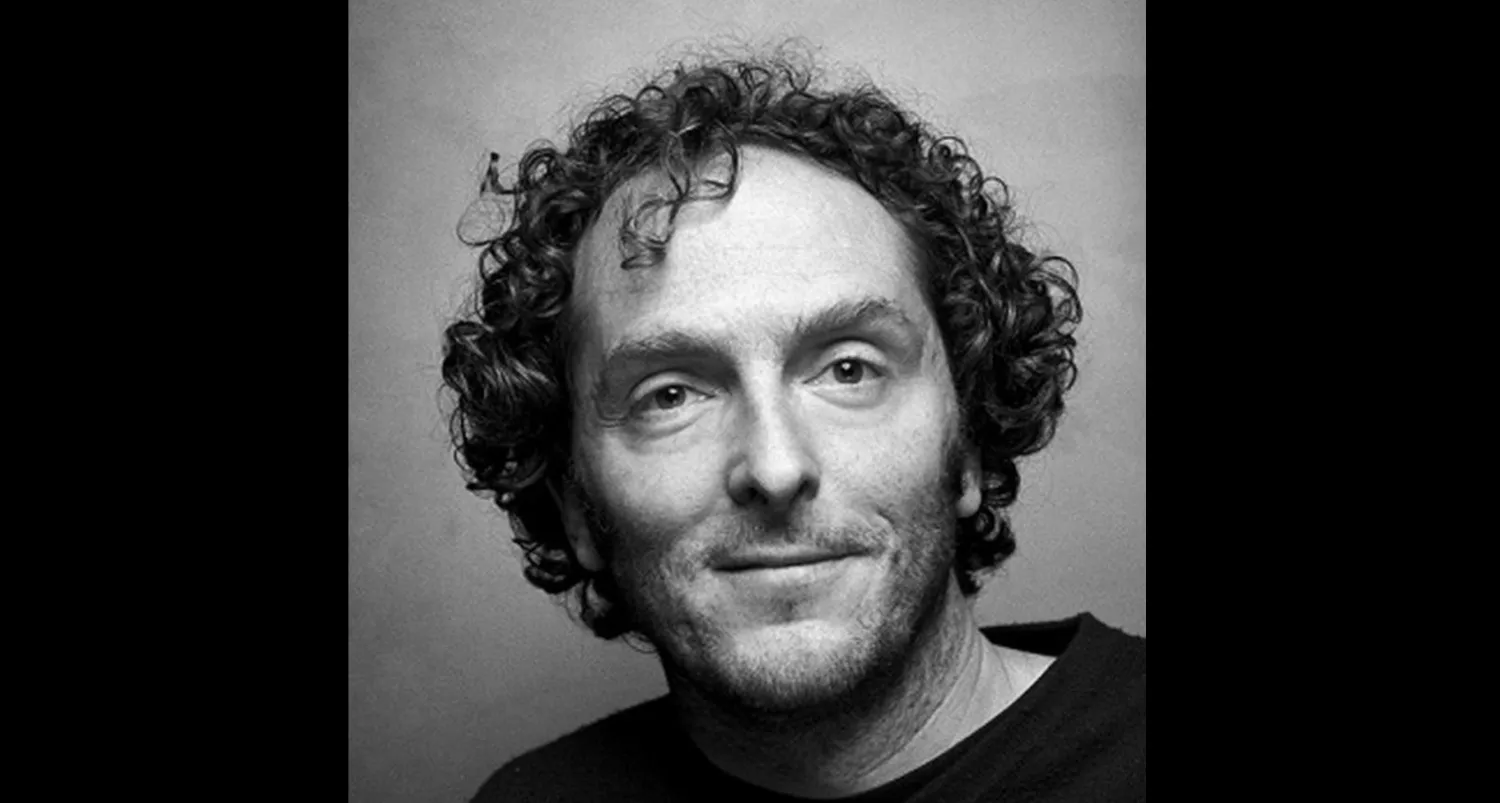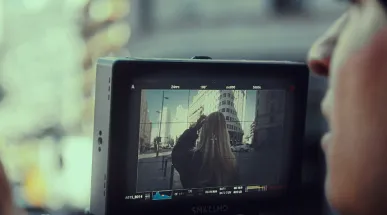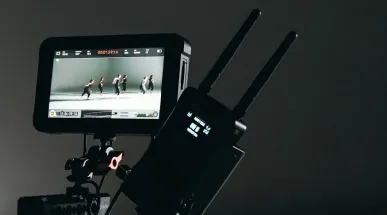Direction of photography is one of the essential parts of the process of creating a feature film. Just as the screenwriter uses words to create a story, the cinematographer shapes images that were previously only abstract concepts. "He writes with light," as the title of the documentary about Vittorio Storaro, one of history's great cinematographers, says.
But if there is a cinematographer recognized today, it is Emmanuel Lubezki. The Mexican has carved out a career full of success and prestige, shaping the dreams of many of today's most important filmmakers. His works are different, with different universes, but Lubezki's stamp is always recognizable. This photographer has done great works for brilliant films that have earned him the recognition of three consecutive Oscars from the Academy and to be considered one of the most outstanding in history.
Lubezki has worked with prestigious directors such as Tim Burton in "Sleepy Hollow" (1999), Michael Mann in "Ali" (2001) or the Coen brothers in "Burn After Reading" (2008). Good works with directors with a very personal and defined style in which Lubezki adapted to their aesthetic demands, but in which it is difficult to see the signs of identity that have ended up becoming his trademark style.
In fact, Lubezki has created his own style thanks to his work with some authors, with whom he has repeated and with whom he has been able to exploit more his talent and his naturalistic and realistic style, at the same time poetic and with a strong emotional charge. Of his three works with Terrence Malik, "The Tree of Life" (2011), "To the wonder" (2012), "Knight of Cups" (2015) and "Song to song" (2017) highlights the use of natural light, the large open spaces in which he plays with sunsets and a delicate relationship of the camera with the character, always looking for moments of intimacy and truth. From his relationship with Alfonso Cuarón in the films "Y tu mamá también" (2001), "Hijos de los hombres" (2006) and "Gravity" (2013) stand out the use of long sequence shots that provide realism and continuity; the use of the handheld camera, the contrasts between night and day and the brilliant use of visual effects fully integrated into the mise-en-scene. Finally, in his two works with Mexican director Alejandro González Iñárritu, in addition to the great sequence shots, the use of color in red and green tones, the light of the sunrises, the fantastic, magical and mystical sense of his images and, as in the case of Cuarón, the realism of the integration of the visual effects stand out.



